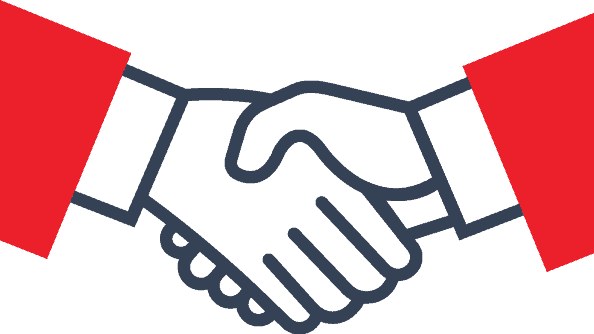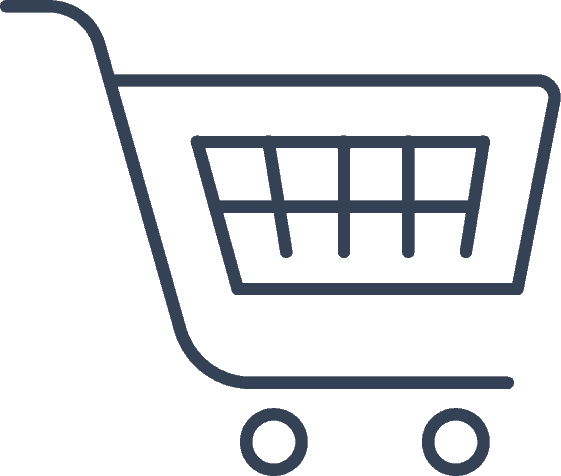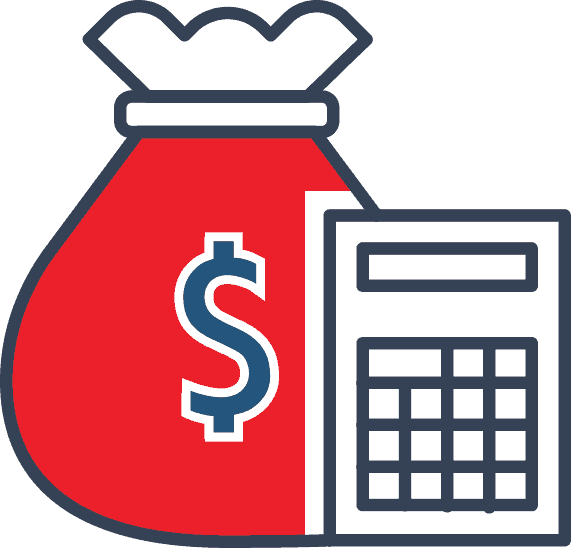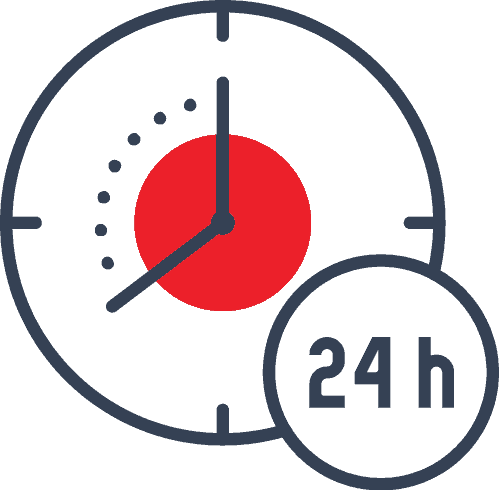In the 1900s, there were less than 3,000 cars on the road in France. Driving was considered a luxury and one that most families didn’t have an extreme need for. After all, there was public transportation to get people from point A to point B.
For the tire company Michelin, this perceived need posed a unique challenge. The company needed people to buy cars so that they could buy tires. The company could post ads and hope people decided to buy, but they chose a different approach.
If Michelin was going to sell their tires, they had to get creative about how to inspire more people to buy the latest transportation innovation – automobiles.
The Underrated Importance of Truly Knowing Your Customers
You hear it time and time again – create your buyer personas.
Still, it doesn’t quite sink in until you see how these buyer personas can translate into dollars and cents. That’s what Michelin took into consideration when they deployed their 1900’s strategy of creating the Michelin Guide.
Here’s the gist:
The annual guidebook was meant to get people on the road and using their tires. It gave people a reason to ditch the planes and trains in lieu of an automobile.
The first guides were designed to help motorists understand the inner workings of their car. Because there weren’t as many drivers back then, auto repair wasn’t common knowledge.
In 1926, the guide shifted to focus specifically on restaurants. The tire company started to reward restaurants with a gold star if it was considered fine dining. By 1931, the three star system was introduced to give travelers even more perspective on where to dine.
Today, Michelin continues to publish these guides. For restaurateurs, being awarded a star gives bragging rights. For travelers, knowing where to go for a quality dining experience makes travel more enjoyable. For all other businesses, the lessons that were learned from this marketing strategy open the door to discover how to generate business leads from unlikely sources.
Here are the top three lessons you can use to tweak your strategy.
Lesson #1: Get Clear on the Way Your Product is Used
When Micheline first started creating their guides, they knew there was a hunger by consumers to understand what was going on under the hood. The thought of owning an automobile was new. Most car owners didn’t understand how their vehicle worked or how to make basic repairs to keep it functional.
If a car broke down, a person was probably not going to drive for some time. Less driving meant fewer tires. And thus, Michelin had inspiration to keep their customers on the move so they could boost sales.
But as auto buying became more commonplace, things changed. Michelin knew that tires in and of themselves weren’t sexy. To the average consumer, the actual rubber meeting the road stopped being exciting and started to feel more commonplace.
What was still exciting were the possibilities behind each road trip.
Every time a family piled into their new car, they were on a journey to somewhere fun. In the 1920s, when this campaign began, many families traveled by car to enjoy a nice dinner on the town. And thus, the Michelin Star guide was created to give their consumers more of a reason to eat out.
What benefits does your customer experience when using your product?
This is the question Michelin asked when creating the guides. It’s an equally strong question for you to ask when deciding how to generate business leads through a more strategic marketing campaign.
Lesson #2: Think Outside of Your Existing Market
When the Michelin Guides first came out, they were filled with tips exclusive to helping car owners. At this time, there weren’t many vehicles on the road, so there wasn’t as big of a demand for tires.
In 1926, Michelin changed the perceived need for a car by thinking outside of their existing market.
Instead of publishing guides about cars, which would only appeal to their current captive audience, they decided to publish guides that would appeal to a larger demographic – everyone who loved to go out to eat.
There were two reasons this was a smart strategy.
- At that time, the people who could go out to eat were also the ones who were likely to be able to afford to buy a vehicle.
- Offering a guide to help consumers use a vehicle gave a purpose to making the purchase.
What’s the actual benefit someone gets when buying your product?
Michelin knew there were many reasons for consumers to buy their product. Still, they focused on just one – dining out. This was fun, exciting and enticing.
Think outside of your existing market. What types of activities do your potential customers enjoy by having your product that are not related to what you sell?
This is tricky but it opens the door to lesson #3 – giving your customers a reason to buy.
Lesson #3: Give Away Free Valuable Content
As Michelin discovered the benefits of buying cars and tires, they came up with their marketing strategy of publishing restaurant guides.
To plant a seed of perceived need to their potential buyers, thereby generating more leads, they published free, ultra-valuable content. Then, they gave this content away for free.
Some might say that giving away free content plays into the buying psychology principle of reciprocity – and it does. But the Michelin approach goes a step beyond that. The content they provide also showed their customers how to use their product in a way that would benefit them outside of the obvious. It was valuable because it was applicable in real life in a unique way than any other tire company or car company was providing.
What kind of free content can you provide your customers?
Content marketing continues to dominate the marketing world – and for good reason. If it worked in the 1900s, it still works.
The trick is, not all content is made equal. If your content doesn’t deliver value and contribute to the perceived idea that your product is a must-have instead of a nice-to-have, you’re missing out.
Give away valuable free content and in exchange, people will be more likely to give you their personal information because they know what you offer is useful.
What’s Your Next Step?
Go through these questions for your business:
What benefits does your customer experience when using your product?
What’s the actual benefit someone gets when buying your product?
What kind of free content can you provide your customers?
By following Michelin’s lead, you can discover new ways to attract people to your industry and your business. You’ll position yourself as the authority in your market because your potential customers will see that you get it. They’ll know you understand what they need and aren’t trying to sell something of little value.
Need a little extra help finding the answers to any of these questions? We’re here to help. Contact us for a free business consultation and we’ll guide you toward the answers to these questions, helping you get a fast strategy to boost your leads.

























